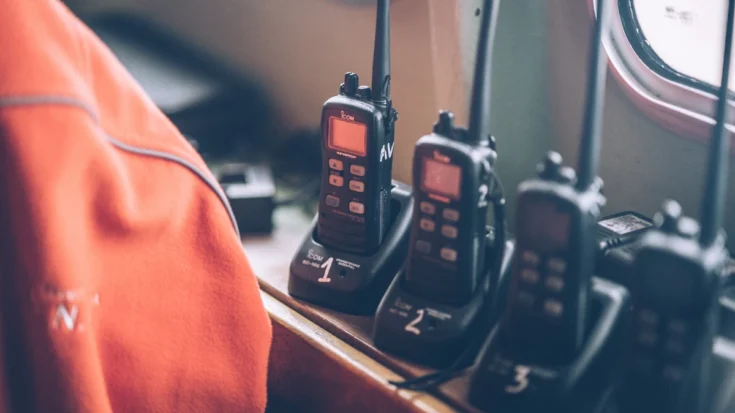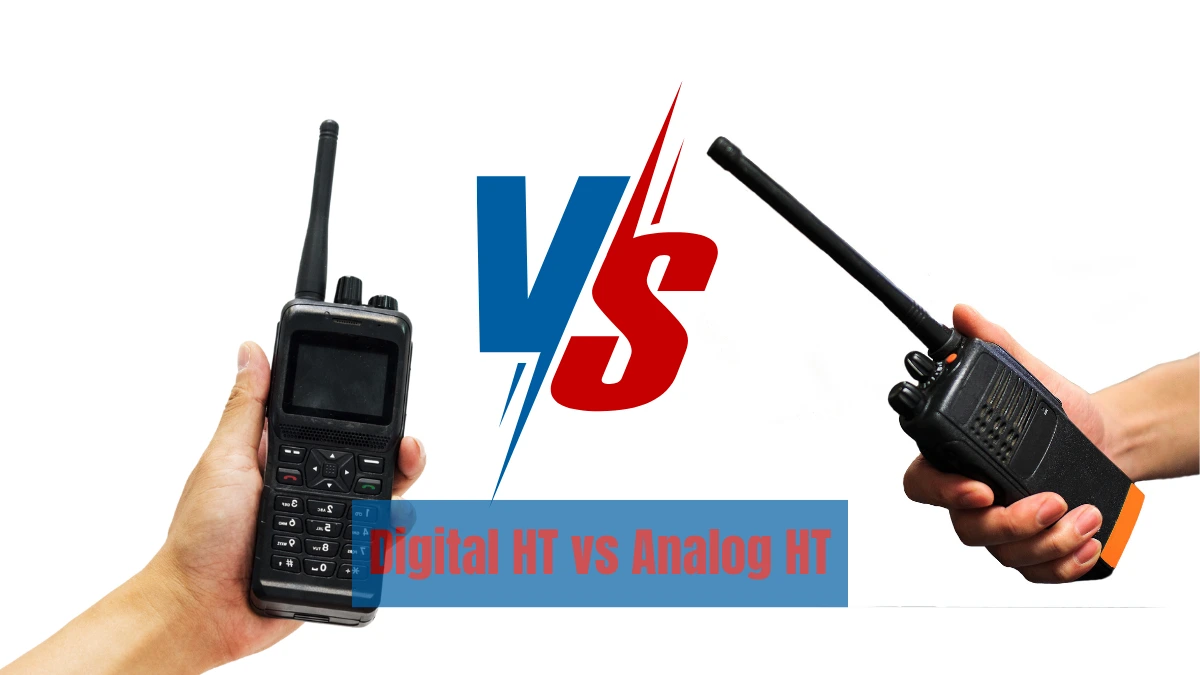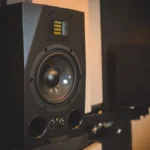Digital HT (Handy Talky) is the answer to the growing digital era. Of course, digital HT vs analog HT has a significant difference.
One of the differences between digital HT vs analog HT is digital HT which has various features that analog HT does not enjoy.
In addition, there are still other differences between digital HT vs analog HT from frequency programs to their usage permission.
Also Read
This article will review 7 differences in digital HT vs analog HT that you can consider before choosing the right HT.
Table of Contents
What is Digital HT?

Digital HT is the latest innovation in communication technology. It works by converting sound into a digital signal, which is then sent out via radio waves. Other digital HTs will pick up the signal and convert it back into audible sound.
Because they use digital technology, digital HTs cannot communicate with analog HTs, as analog HTs do not have the ability to decode digital signals into sound.
This process gives them the advantage of clearer audio quality compared to analog HTs and comes with advanced features such as encryption and data transmission.
What is Analog HT?

A Handy Talkie (HT) is a two-way telecommunications device that operates using radio frequencies. It adopts push-to-talk (PTT) technology, where users simply press the “talk” button to communicate with other users.
HT is also known as two-way radio. HTs have a wider range and clearer audio quality than walkie-talkies because they are more resistant to signal interference and terrain conditions.
The Differences of Digital HT vs Analog HT

With the difference in technology used, there are some differences between digital and analog HT that need to be known. Here are the differences between digital HT vs analog HT:
1. Frequency programming
In use, HT requires frequency programming. Digital HTs allow programming through software, so users can easily adjust the frequency. Meanwhile, analog HTs must be programmed manually.
2. Signal reception
One of the main differences in terms of technology is in signal reception. Digital HTs are able to pick up weaker signals and have a wider range compared to analog HTs.
3. Voice coding technology
Digital HTs apply digital-based voice coding technology, while analog HTs still use analog voice coding.
Digital technology offers clearer sound quality and is more resistant to noise or signal interference.
4. Communication security
Digital HT is superior in terms of communication security because it is equipped with a voice encryption feature.
This makes communication safer from the risk of eavesdropping, compared to analog HTs that do not have this feature.
5. Compatibility
Digital and analog HTs cannot always be used simultaneously. However, most digital HTs are equipped with an analog mode, so they can still be used to communicate with analog HTs.
6. Price
Because they are equipped with advanced features, digital HTs have a higher price than analog HTs. If you don’t need complex additional features, analog HTs can be a more economical choice.
7. Usage permission
Analog HTs require a frequency license from the regulator before use. Meanwhile, digital HTs generally do not require permission, so they can be used with a wider range of frequencies.
Both analog and digital HTs have their advantages and limitations. The choice between the two should be tailored to your needs.
Also, the digital HT vs analog HT you use are have a Type of Approval Certification in your country.











